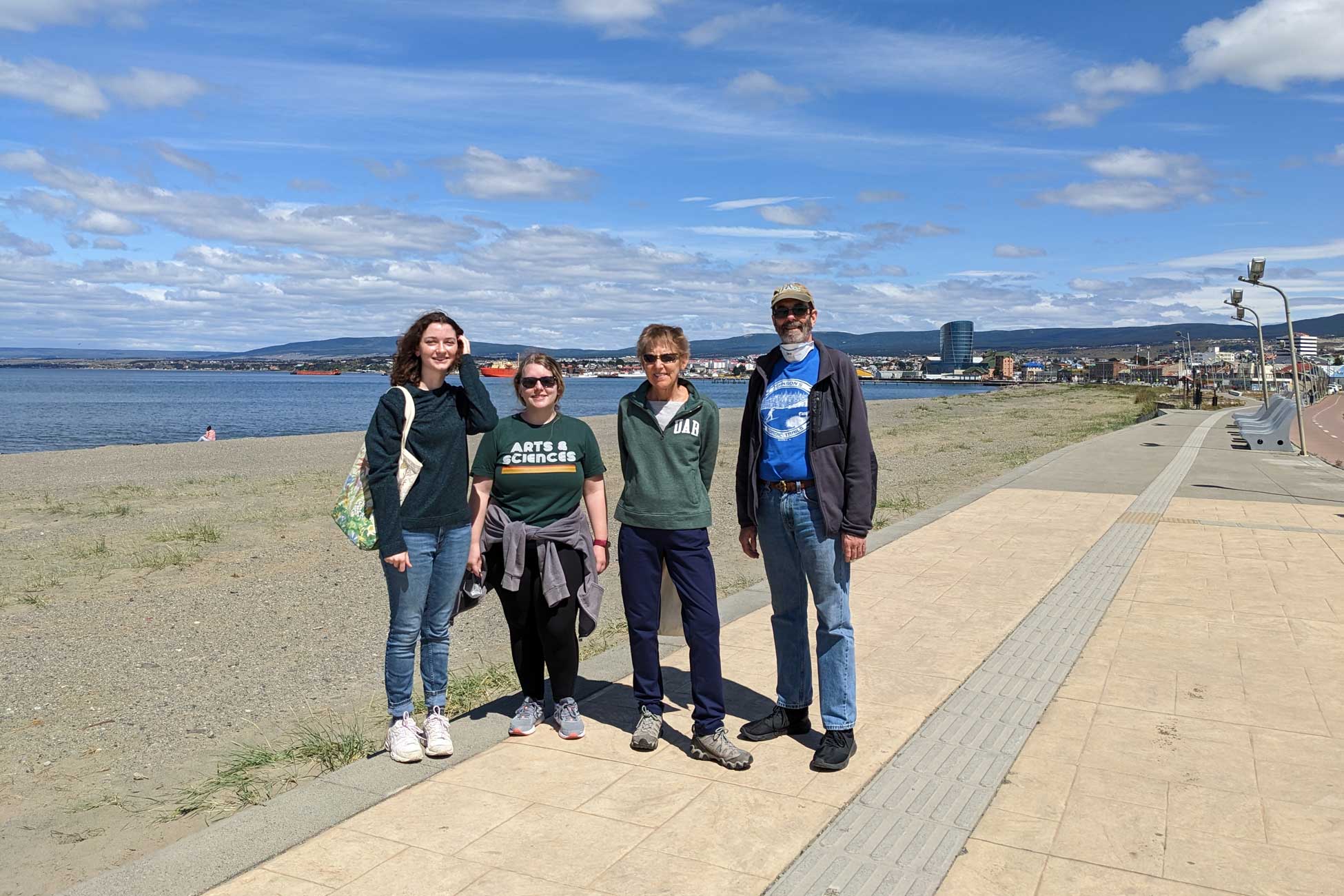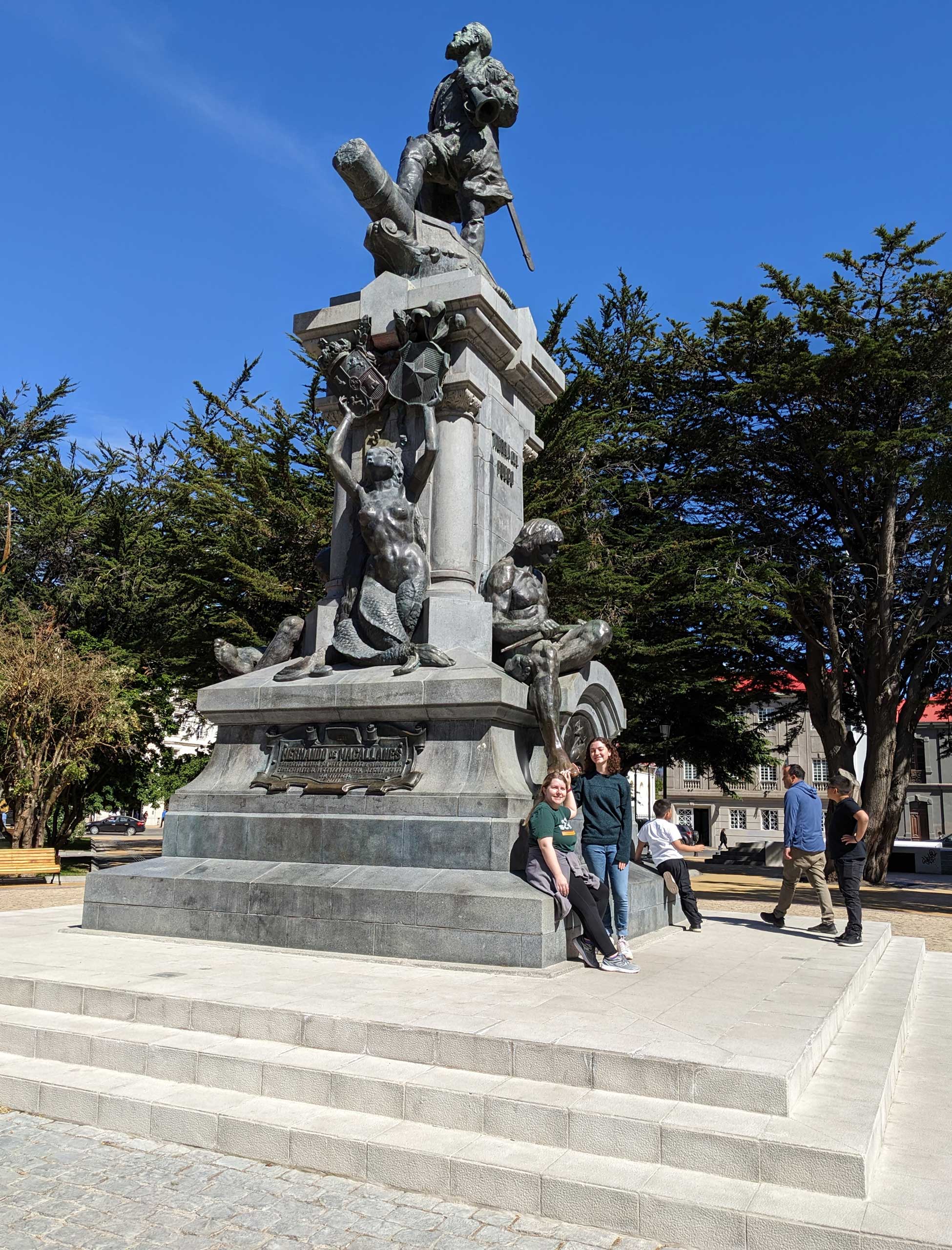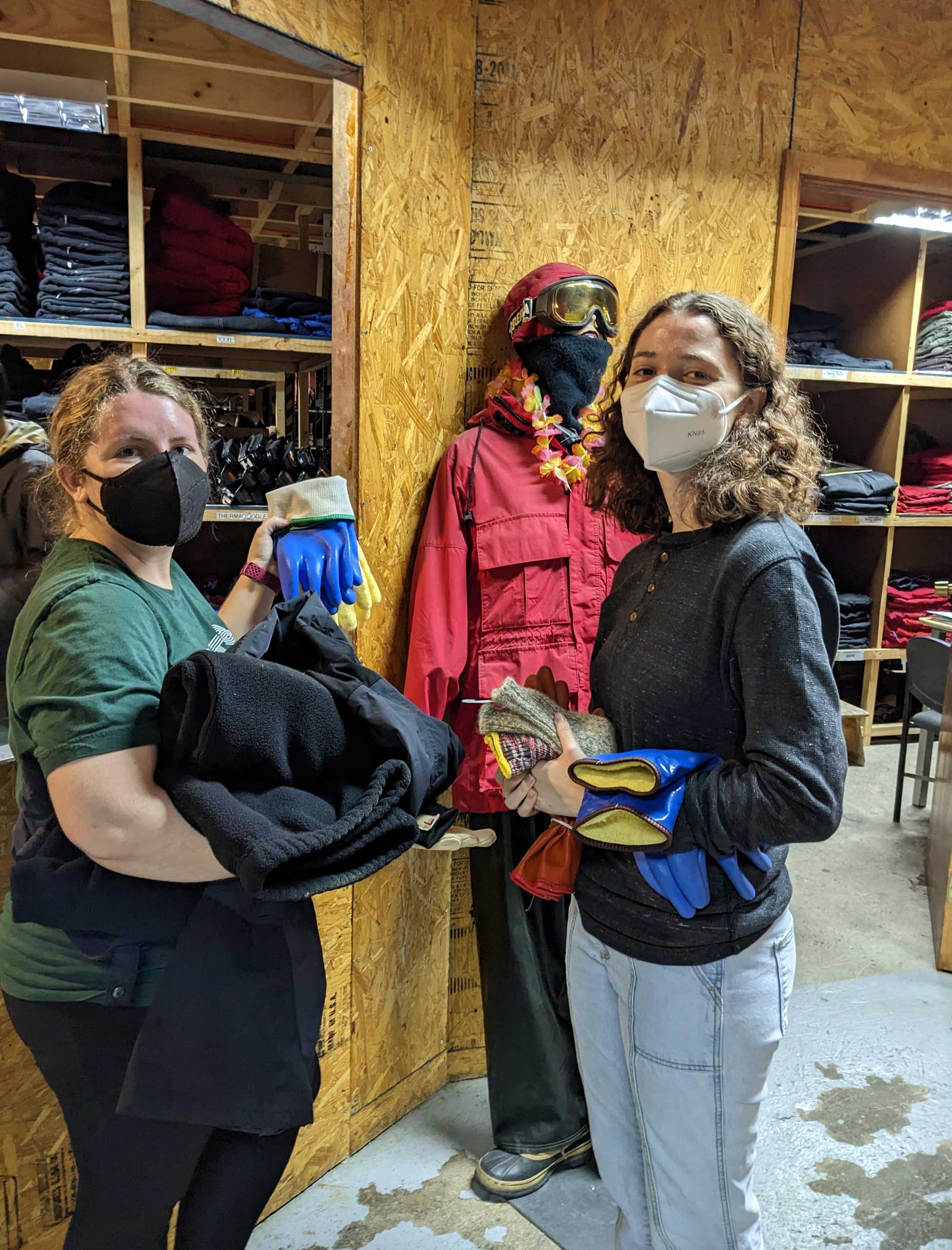 My parents and brother hugged me one last time before I left my family to join the line for TSA at the Huntsville Airport. We would see each other again, but that wouldn’t be until May, nearly five months from now.
My parents and brother hugged me one last time before I left my family to join the line for TSA at the Huntsville Airport. We would see each other again, but that wouldn’t be until May, nearly five months from now.
Luckily, the Huntsville Airport is small. It consists of one terminal with a dozen gates equally distributed on both sides. Even a few days out from Christmas, the airport crowd was fairly sparse. I quickly made my way through the line and waved one last time to my family who stood on the other side of a glass wall separating the inspected passengers from the families receiving and sending off their loved ones.
I waited a short while before boarding my flight to Dallas, the first leg of my multi-day journey. As we took off, I noticed the landscape. My hometown was a patchwork of dull and dormant foliage typical of this time of year: brown empty crop fields, light gray leafless forests, and squares of charcoal gray from the roofs of homes and businesses. It was also cold. The high for that day was in the low 40s. But it wouldn’t be this way by the time I reached my destination.
Where the Huntsville Airport had been mostly empty, the Dallas Airport was bustling with travelers. The Skylink was crammed full of travelers similar to sardines in a can. You could barely rotate your arm without hitting the person next to you.
The terminal itself was no different. People flitted in and out of gates, shops, and restaurants. Some treated the terminal like a large track to walk before their flights while others slept curled up in their seats near their gates. Some took the opportunity to take pictures with the giant Christmas tree set up in the center of the terminal. I spent my six-hour layover people-watching and sipping on an iced peppermint mocha latte, my last fancy coffee drink for the next several months.
My second flight to Santiago, Chile took off that evening around 9 pm. The world below was a black canvas splattered with occasional collections of light around cities. The flight itself was jam-packed. There wasn’t a single seat left empty. I wrapped the tiny blanket a steward gave me around my shoulders and fitfully tried to sleep.
The morning greeted me with an entirely different world than I had left behind in the United States. While the U.S. was fully in winter, with chilly temperatures and dormant foliage, Santiago was in the middle of summer. The trees were a kaleidoscope of greens, and the temperature was well into the 80s.
Our small group of scientists was met by an agent who walked us through customs. We collected our bags and boarded a shuttle that took our group to a nearby hotel where we were able to shower and steal a few hours of precious sleep before we made our way back to the airport to board our final flight to Punta Arenas.
We finally arrived in Punta Arenas around 1 am, nearly two days after I left my hometown. The group I was traveling with piled into two vans to hide from the unrelenting Punta Arenas winds. Our trip to the hotel through the slumbering city was filled with idle chit-chat and small jokes to help familiarize ourselves with our fellow scientists we would be spending at least the next week with on our final leg south.
We spent the next few days in Punta Arenas. On our first day in the city, we were tested for covid at our hotel. Then, the UAB team took a small adventure through the city to view the sites, including a sunny walk along the waterfront as depicted in the opening image. Look closely to the left of my head – in the background is an orange ship, the Laurence M. Gould, which will take us on our final travel leg to Antarctica.

We also visited the city square, its central feature a statue of the explorer Ferdinand Magellan. Addie and I rubbed the toe of one of the indigenous men at the base of the statue for a safe voyage and to return to Punta Arenas. This long-practiced tradition by many seagoers has resulted in a very shiny big toe.
The next day, we were tested for covid again then transported to the port. There, we spent part of the morning in orientation. After we were well-oriented, the rest of the morning was spent receiving our issued cold weather gear. The process was arduous and not for the faint of heart (I jest). Every item had to be tried on and checked to make sure every button and zipper worked. If they didn’t or the size didn’t fit, we lined up at a counter to exchange our items for different styles or sizes.

Then we tried them on and repeated the process until we held a bag of gear tailored to our sizes and needs. It may not seem like much, but the process takes time, and trying on pants can be hard! And with that, our Punta Arenas preparations were complete. We boarded the Laurence M. Gould and prepared to cross the dreaded Drake Passage.
A haiku for your consideration:
It is December
Home, it’s winter. Here, summer
Both, I need jackets